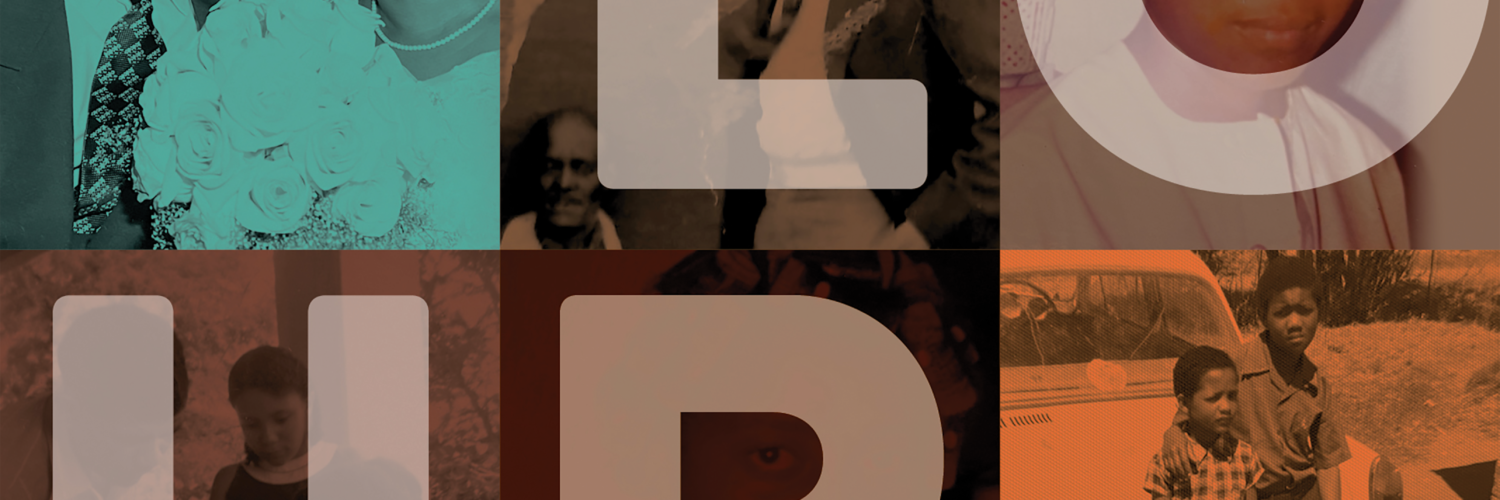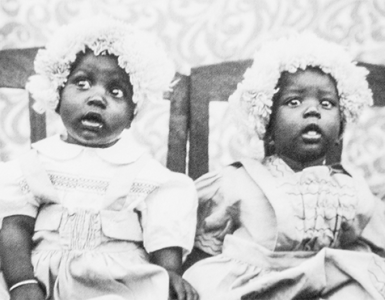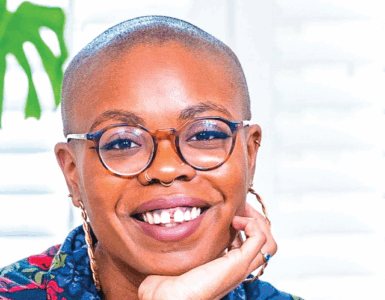CULTURE: The author dissects the complications and oddities characterising the controversial racial demographic and life under the label conceived by the apartheid masters…
By Jacob Mawela
 But Jan van Riebeeck, he made the Coloured; not Black enough, not White enough; do Coloured people even have a culture? On and on and on the punchlines, phrases and stereotypes go amongst South Africa’s other racial/colour demographics regarding the other officially recognized population group: The Coloureds.
But Jan van Riebeeck, he made the Coloured; not Black enough, not White enough; do Coloured people even have a culture? On and on and on the punchlines, phrases and stereotypes go amongst South Africa’s other racial/colour demographics regarding the other officially recognized population group: The Coloureds.
At the onset of the South African Spring, a book which resonates with my own – and that of most of the country’s citizens – lived experience, was included amongst the monthly wish list of reads I have to peruse through for reviewing.
Simply titled Coloured, it resonates with me from various angles, from its duo of authors having been raised in a place of affinity to my existence, namely, Eldorado Park, to their largely expounding on the neighbourhood, it’s people and history, etc. Having been raised in Pimville, Soweto for most of my formative years, Tessa Dooms and Linsey Ebony Chutel – the hitherto mentioned authors – are literally neighbours only separated by the Soweto Country Club, either an intentional or unintentional physical barrier of apartheid’s Group Areas Act construct.
And some of the social barriers observed by their kind and Blacks such as myself residing across Union Road, form part of childhood memories still active upon one’s adult psyche: deeming it dangerous to venture into ‘their’ neighbourhood for fear of provoking beatings for merely being of a darker hue and, as Black kids, sitting in the front rows of San Souci bioscope in nearby Kliptown and Coloured peers occupying the vantage layout (back and upstairs seats) of the movie house, et cetera.
Dooms, a sociologist, recalls eliciting shock from a mainly African-American audience at an American university at her mention of the word ‘Coloured’ whilst delivering a presentation. Aghast at their reaction when she was merely pointing out to one of her country’s racial demographic – it dawned on her that the term was an insult steeped in hurtful history for them!
Alternating insightful narratives throughout the paperback’s chapters, both writers take the reader into diverse realms such as the unending intergenerational tribulations of hair grooming (with rollers and pantyhose) for girls and women such as Chutel who have ‘kroes hare’ (tightly curled hair) as opposed to straight flowing hair characteristic of her race’s phenotype; the analyzed disclaimer that Trevor Noah isn’t Coloured (with the comedian explaining off his light skin as stemming from albinism, to friends in his Soweto neighbourhood); a then young Cheryl Carolus’s family being accosted by gatekeepers of apartheid whilst picnicking on a ‘Whites-only’ Western Cape beach, and threatened with arrest; 2007 Rugby World Cup-winning Springbok, Ashwin Willemse, angrily storming off a live television studio in reaction to a slur of being referred to as a ‘quota player’; schoolboy, Leaveil Ward, leaving his Heidedal community upon earning a scholarship to prestigio us Grey College and thereafter proclaiming, “I’m part of my community, but I’m not proud of my community” – once the lure of the white side of Bloemfontein enticed him to the point of rejecting his native one, etc.
Yet Coloured – subtitled, How Classification Became Culture – isn’t only about the negative miasma of a particular group continuing to exist in a segregation scarred country, for it also acknowledges high notes and celebrates protagonists of its purview: in a segment titled Huiskos, narrated by Chutel, she delves into the delights of home food such as tomato smoortjies, groenboontjies, bobotie, Gatsby, koeksusters, melktert (with a laminated copy of her Aunty Ruth’s dessert recipe inserted in the book), etc., prepared from the kitchens of households stretching from Noordgesig,
Eersterus, Wentworth to Sydenham, Koffiefontein, Lavender Hill, etc. – to fuse into wholesomeness whose ingredients and recipes are an amalgam of shared histories as opposed to being singularly identified as Coloured cuisine!
A section titled Musical Roots describes the role music permeate in Coloured communities with Dooms mentioning her singing on church stages of Riverlea, Newclare, Noordgesig and Eldos as a three-year-old. Between touching on community participation in ‘Putting on the Hits’ singing completion, she also mentions the achievements of fellow Eldorado Park resident, Zarcia Zacheus, a well-known recording singer – stretching on to expounding on the Kaapse Klopse tradition of Tweede Nuwe Jaar parade, et cetera.
Described in the intro as a book for Coloured people by Coloured people – with the rider, if you are not a Coloured South African, this book is for you too – Coloured’s cover is splashed with a kaleidoscopic photomontage of imagery from the authors’ family albums whilst the monochromatic images located within the tome’s pages evoke nostalgia familiar to a community’s fabric.
Distributed by Jonathan Ball Publishers, Coloured is available at leading retailers countrywide and is priced at R270.
BORN TO VILE LIFE SHADOWED BY PAEDOPHILES
PERSONA NON GRATA: From a litany of near-death experiences, the author weaves a personal tale of God-forsaken life…
By Amanda Ngudle
 This is a translation of an equally successful Hoerkind Afrikaans version of a writer, Herman Lategaan’s nine lives in one. Born to a dysfunctionality of a leisurely mom and a wayward and alcoholic father, Lategaan’s life in the city of Cape Town can only be described as that of a child of the Village People.
This is a translation of an equally successful Hoerkind Afrikaans version of a writer, Herman Lategaan’s nine lives in one. Born to a dysfunctionality of a leisurely mom and a wayward and alcoholic father, Lategaan’s life in the city of Cape Town can only be described as that of a child of the Village People.
Blessed with a sharp photographic memory, the writer is able to tell vivid and epic stories. He also manages to conjure up emotions as if these stories happened yesterday. Granted he wrote and finished the book in his 30s and perhaps it is not a bad idea to let people write their memoirs while memories are still fresh in their minds.
Back to the story. It seems like a great life after his mother regains her rhythm following a life of bread and black coffee. At some point a hard-working man enters their life and turns things around until his thriving restaurant is kicked out of business and he is also regarded as persona non grata after an official discovers he declared himself an atheist in his business application forms.
After his mother meets a man who promises her a comfortable life, she moves in with him on the farm, where Lategaan later learns that the romance had been a fake emotion to lure her in. One night he even tries to penetrate him while he is sleeping. What later follows is a litany of near-death experiences for both him and his mother. With no relatives to speak of, his fate is relented to that of strangers and friends of friends. It is through these sojourns that he meets some of his sweet dreams and worst nightmares. Through some whimsical connection, he is able to travel and work in New York, albeit for a successful artistic psycho, and comes back home after helping himself to what was owed to him. While there, he joins the ANC, something he has always felt strongly about; removing himself from the fence that so many white liberals struggled so much with. And all this after he has met his molester, a newspaper editor who turns him into a ragdoll of emotions from a very young age. It is a roller coaster affair that leads to him doing something about it eventually. But the paedophile dies before he can stand trial. Many follow; his friends, his housemates, colleagues, father, mother and many more. This book is a collector’s item. I thoroughly enjoyed it.






























